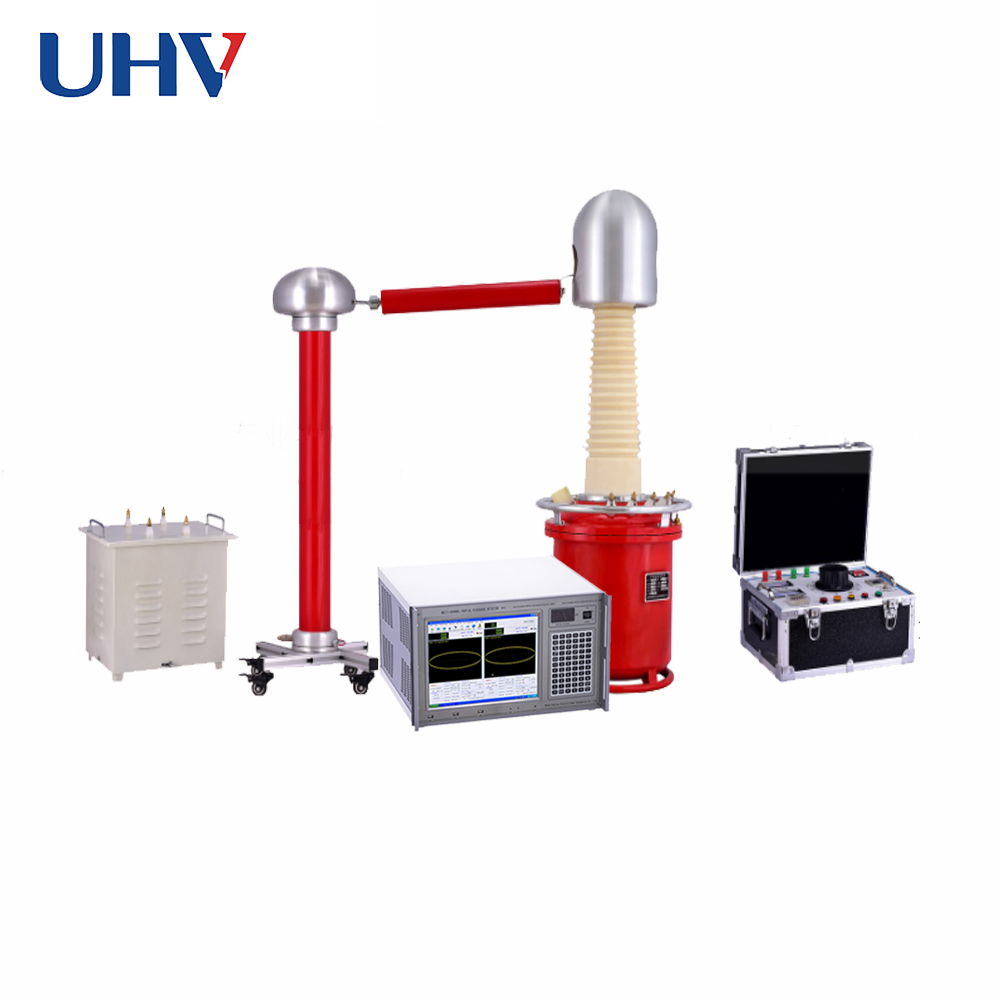Partial discharge resistant testing equipment is a crucial apparatus in high-voltage electrical testing, primarily utilized to evaluate the insulation integrity of power systems and equipment, ensuring operational safety and reliability.
This specialized equipment serves the pivotal purpose of identifying partial discharge (PD) occurrences within electrical insulation. PD is an early indicator of insulation degradation or flaws in high-voltage systems, which, if left unaddressed, can lead to catastrophic failures. The testing apparatus allows engineers to detect and analyze these minute discharges, enabling proactive maintenance and preventing potential faults that could compromise system efficiency.

Operating on the principle of subjecting insulation to high voltages while monitoring for PD activity, this testing device provides invaluable insights into the insulation's condition. It assesses the endurance of insulation materials under high-stress conditions, crucial for evaluating the long-term performance and reliability of power equipment, such as transformers, cables, and switchgear.
Moreover, the equipment ensures compliance with safety standards and regulations by detecting and mitigating potential insulation weaknesses, thus minimizing the risk of unexpected breakdowns in high-voltage systems.
The process involves subjecting the insulation to progressively increasing voltages while monitoring for PD activity. This allows engineers to ascertain the voltage level at which PD initiates, helping establish safe operational thresholds for equipment.

In summary, the application of partial discharge resistant testing equipment is instrumental in preemptive maintenance strategies for high-voltage systems. Its ability to detect PD provides invaluable insights into insulation health, ensuring the safety, reliability, and longevity of critical power infrastructure. This technology stands as a cornerstone in ensuring the seamless operation of high-voltage electrical systems.



















